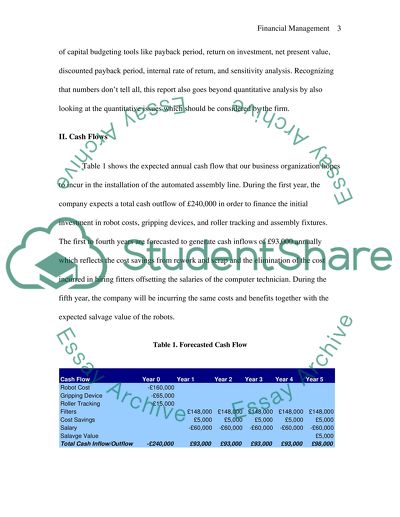Cite this document
(Financial Management and Risk Analysis Case Study, n.d.)
Financial Management and Risk Analysis Case Study. Retrieved from https://studentshare.org/finance-accounting/1519348-financial-management-and-risk-analysis
Financial Management and Risk Analysis Case Study. Retrieved from https://studentshare.org/finance-accounting/1519348-financial-management-and-risk-analysis
(Financial Management and Risk Analysis Case Study)
Financial Management and Risk Analysis Case Study. https://studentshare.org/finance-accounting/1519348-financial-management-and-risk-analysis.
Financial Management and Risk Analysis Case Study. https://studentshare.org/finance-accounting/1519348-financial-management-and-risk-analysis.
“Financial Management and Risk Analysis Case Study”, n.d. https://studentshare.org/finance-accounting/1519348-financial-management-and-risk-analysis.


